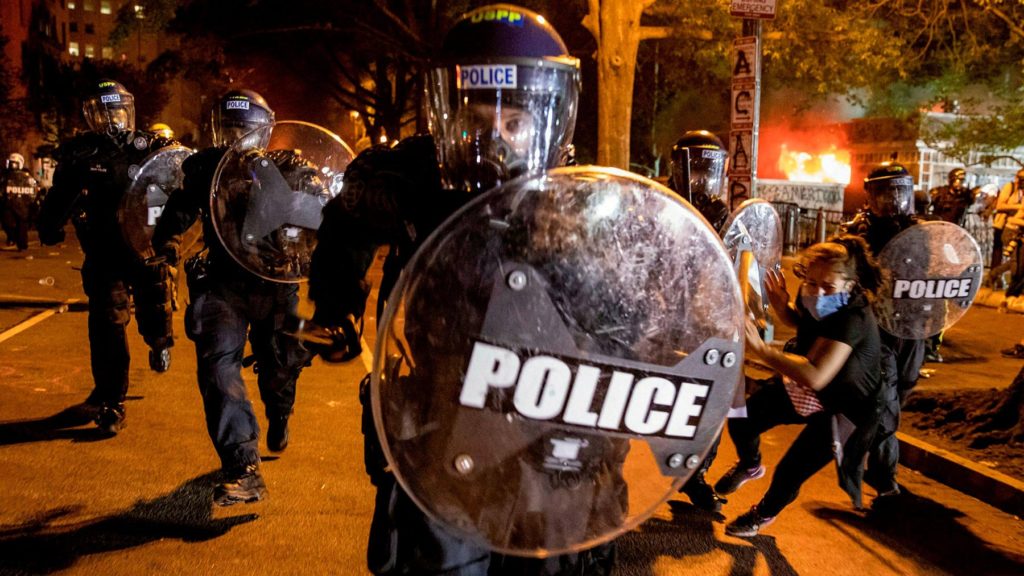The article, “Unspeakable Truths about Racial Inequality in America”, by the black intellectual Glenn Loury is really excellent and basically encapsulates the critical conclusions I have come to about about the political programs associated with Critical Race Theory and BLM.
Many of the arguments are applicable to the UK: for example the fact that 50% of murder victims and perpetrators of murder in London are black is shocking but what’s more shocking is that this terrible tragedy is almost ignored by race campaigners, presumably because it’s a stretch to blame it on white racism. Campaigners around the issue of race in the UK seem to have little to say about the leading, in fact overwhelming, cause of violent death of black people.
I have been exploring another interesting angle of analysis about the racial disparity in rates of police killings in the US. Taken at face value the much higher rates of police killings of black people compared to population size seems to point to racial bias in the shooters being the main and overwhelmingly important factor (it’s obviously a factor, the question is how important is it).
The World Socialist Web Site (what a grand title!) has a series of articles with an interesting statistical analysis of police killings broken by class, poverty, income, etc.
Leaving aside the fact that blacks in the US are very heavily over represented as perpetrators of violent crime (and hence more likely to have violent encounters with the police), the missing factor when interpreting these statistics is the issue of social class and poverty. What seems to be happening is that police killings of backs, whites and all ethnic groups, are mostly correlated with poverty and the policing of poor communities, and policing the boundaries between poor and affluent areas in particular. Blacks are over overrepresented in terms of poverty, and poor black communities are heavily concentrated in distinct poor areas in big cities, and it is in and around these communities that police killings of black mostly occur. However there is also a very high level of police killings in poor white communities which tend to be in small left behind towns, and rural areas, communities that have very high levels of social deprivation, endemic drug abuse and family breakdown, similar to urban black areas. These killings of poor whites tend to go relatively unnoticed by the wider media. Because these the killings in these poor white areas are diluted into the much larger grouping of ‘white’ the high level of police killings in these communities is also diluted by the much lower level of police killings in the larger white middle class communities. When adjusted for poverty and proximity to poor communities white police killing rates seem to be much closer to black rates.
The problem with the way that the discourse around race, and specifically race and policing, has developed, often driven by middle class ideology flowing out of predominantly white universities, is that it racializes political analysis and in the process smothers class based analysis. Clearly policing in the US is in need of urgent and deep reform but the most important problem that needs fixing is that the policing of poor people and poor communities is oppressive and often casually (and lethally) violent. Poor black communities suffer as part of this oppressive policing, but so do poor white communities. Black poverty rates are higher than the white rate but that is not caused by racist policing.
Incidentally one trend hardly mentioned in the media is the massive and sudden increase in the murder rate in the US over the last year. I have been doing some research around this and might write something about it soon.

